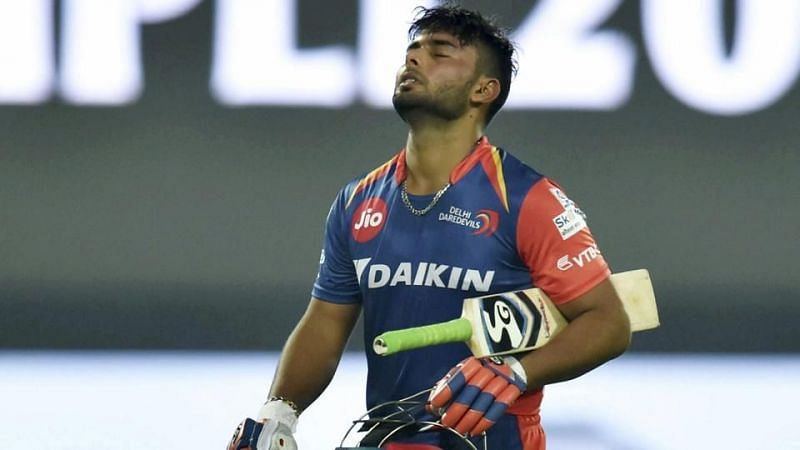
Why Rishabh Pant is not ready for ODI cricket yet
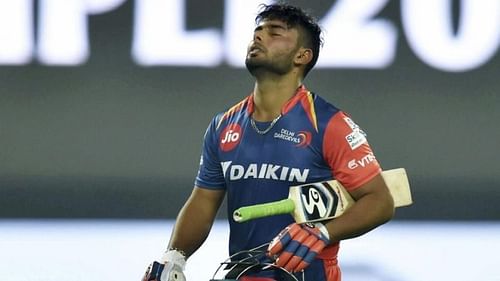
In the last 20 months, one name that has created a lot of buzz among the Indian cricket fans is wicketkeeper-batsman Rishabh Pant. After making a name for himself in the 2016 under-19 World Cup and the IPL that followed, Pant was hailed as a batsman, who will carry on the legacy of Indian batting to the next generation.
The 2016-17 domestic season was a turning point in his career as he amassed 972 runs at a rate of 107.28 runs every 100 balls and averaged 81 in 12 innings. He was rewarded for his efforts with a place in the Indian T20I team to face England earlier this year. Unfortunately, he got to face only a few deliveries towards the end of the innings.
His performances in the Ranji Trophy also earned him the role of Delhi's captain for the Vijay Hazare trophy in his first full season in the Indian domestic circuit.
Pant, later, carried on his good form in the IPL as he scored 366 runs in 14 innings for Delhi Daredevils at an average of 26 and a strike-rate of over 150.
What makes him a gun player in the longer format and then the shortest formats?
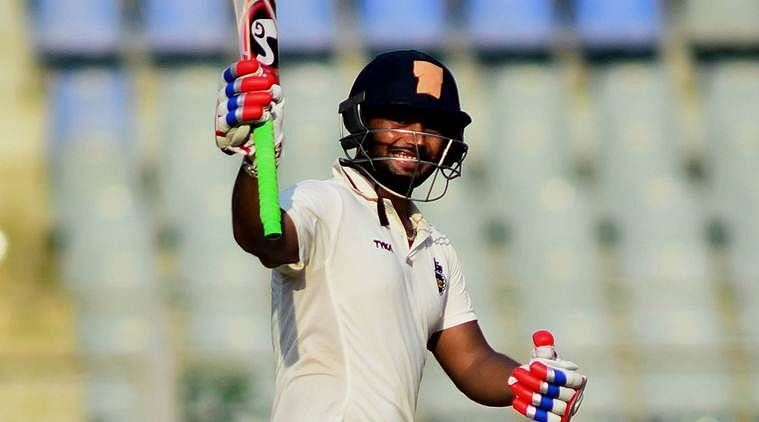
"If the ball is there to be hit, I will hit it. If a bad ball is bowled, you have to punish it."
Back in the day a certain Virender Sehwag had forced the world to wake up and notice of this approach and nod on in approval at its belligerence.
Pant has been schooled along the same lines!
A strike-rate of 107.28 in a first-class season and a career strike-rate of 101 in this format bears testament to his prowess. And amidst this supposedly 'callous' approach is his consistency, not very callous afterall!
We have seen players who go after the bowling from ball one in the longer format. Sometimes, it pays off and sometimes, it doesn't. But, the 19-year-old has been doing it consistently. Not many players have the combination of aggression and consistency in the four-day/Test matches.
He plays his natural game in this format and if a ball is there to be hit, he just does it without any hesitation. He does not care whether the fielders are close-in or spread out, all he cares about is scoring runs and that too at a brisk pace.
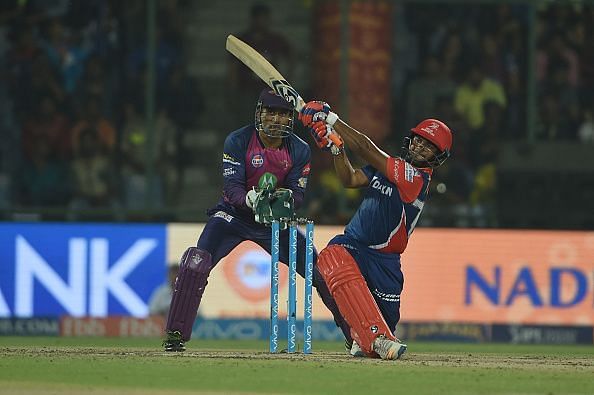
In the T20 format, a player is required to go after the bowling from ball one, something that comes naturally to Rishabh Pant as he has a special net session for "six hitting". As a result, he has been successful in the format.
How has he been struggling in the List A format?
Pant burst onto the scene after his heroics in the 2016 under-19 World Cup, a 50-over tournament. Though he has managed to replicate that in the FC and T20 formats, he has been struggling to do the same in List A matches.
Contrary to his FC and T20s, his strike rate in this format is a mere 92 in 16 matches, something that is below par going by the standards he has set for himself. Adding to this, he has not scored a List A century so far in his career, with 99 being his highest.
Pant has been highly inconsistent in the limited matches he has played in his brief List A career. He has scored just 334 runs in 15 innings at an average of just below 24 and a strike-rate of 92.
Without a doubt, he has struggled to get going in the List A format.

What's going wrong for Rishabh Pant in this format?
What is his role in the batting order has not been defined, y
Without a second thought, Pant has been below par in the List A format. To be fair, the team management has to be blamed to an extent for his failure.
A successful batsman should be given a proper role in the team so that he can adapt and play according to the demands of the situation.
Some times, he was asked to open the innings, and some times, he came down the order. How can one expect him to be consistent if his role in the team is not defined? If he is an opening batsman, he can be asked to go after the bowlers when the field restrictions are on and if he is forced to come down the order, he can be asked to play according to the situation.
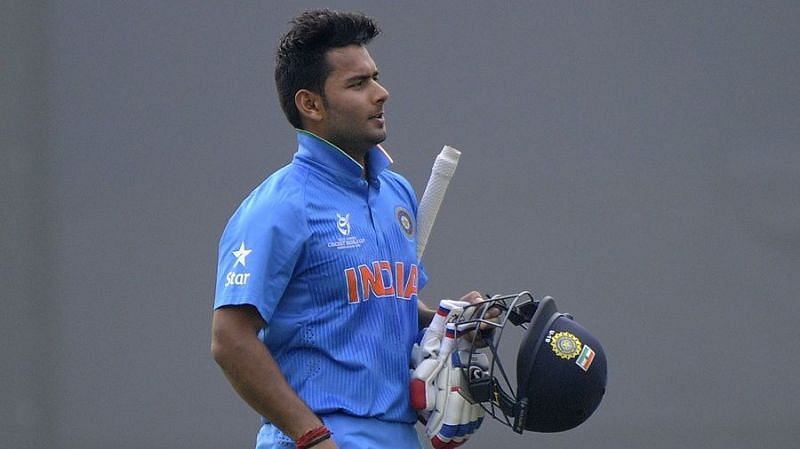
He faced a similar problem in the 2017 IPL as his role in the Delhi Daredevils batting order was not defined in the initial matches. When he was asked to bat at number 3 on a regular basis, his full potential was on display.
Temperament
In the T20 format, a batsman is expected to go after the bowling from ball one. The case is not the same with the 50-over format. In the fifty over format, the batsman will have a lot of overs to bat, unlike the T20s. So, he can afford to take his time to settle in, back himself and take on the bowlers after getting his eye in.
Pant has been taking this route to approach his batting in List A format. He takes a few balls to settle in and against the run of play, ends up going for the shots and gets out. He lacks the temperament to build an innings and it is something he has to work on if he wants to be successful in this format.
How to improve his game in List A cricket?
Play his natural game
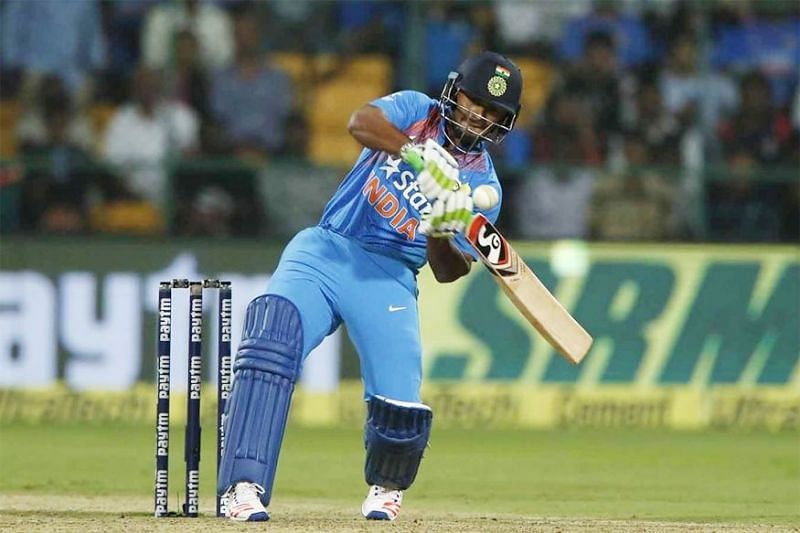
As mentioned above, he lacks the temperament to build an innings in the List A format. This can be avoided by playing his natural game, something he has been reluctant to do.
Playing to his strength is one of the main reasons why he has been successful in T20s and FC format. Irrespective of the situation and his place in the playing XI, a batsman should always try to play his natural game rather than changing his approach and succumbing to it eventually.
He just played his first full season in India and showed immense potential throughout. He should be backed by the team management to play his natural game irrespective of what the match demands.
The world has seen successful players who were never forced to divert from their style of play and approach to the game. Pant should be backed to do that as well. For that, he should be given a permanent role in the middle order where he is not required to take his time to settle in at the start of the innings.
Pant should take a cue from former Indian captain MS Dhoni on how he approached the game when he came into the International arena as a youngster and how he matured as a reliable middle-order batsman for the Indian team.
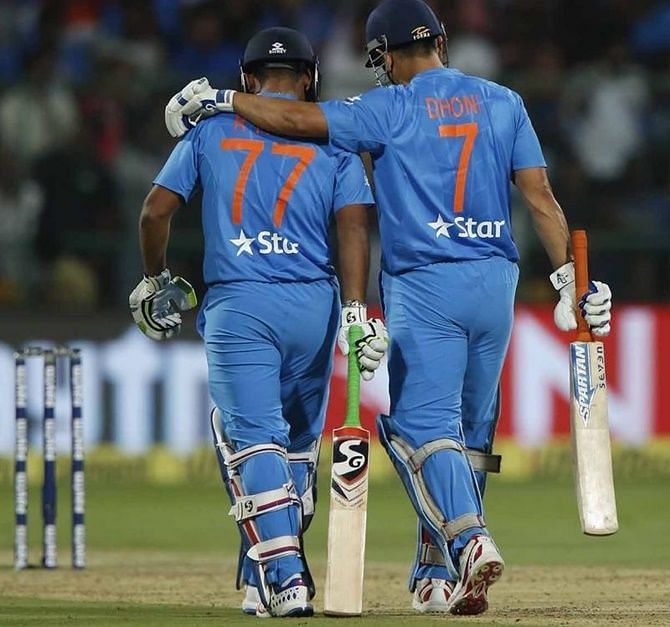
Still in the scheme of things
He was in contention for a place in the Indian squad for the Champions Trophy as a reward for his domestic performances. Unfortunately, he wasn't picked for the extravaganza in England and later, he was picked in the Indian squad for the tour of West Indies but didn't play a single ODI.
He travelled with the India A team to South Africa to take part in the tri-series involving the hosts and Afghanistan A. He didn't have a great series but despite that, he was expected to make it to the Indian side to take on Sri Lanka.
To everyone's surprise, Pant was not included in the team to face Sri Lanka as the selectors conceded that he is the future and they are looking to groom him as a complete player by giving him more chances in the T20Is, something the Indian selectors and the team management successfully did with all-rounder Hardik Pandya.
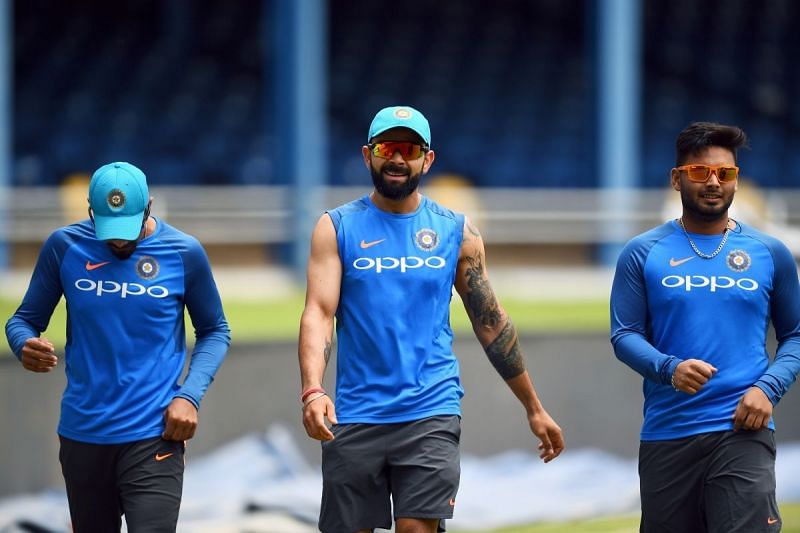
"Rishabh Pant is one of the players to watch out for. He didn't have a great South Africa tour. We are looking to give him more chances in the T20 format. Just like Hardik Pandya, we will start with the T20 format and then figure out Pant's progress," chairman of selectors MSK Prasad said.
Road ahead for Rishabh Pant
The Delhi batsman is just 19 and has played only one full season in the Indian domestic circuit. In that short span, he has shown that he has the mettle of carrying the burden of Indian batting on his shoulder in the future.
The selectors are doing a brilliant job by not exposing him in ODIs and instead, they want him to progress as a batsman by giving more chances in T20Is before blooding him in ODIs.
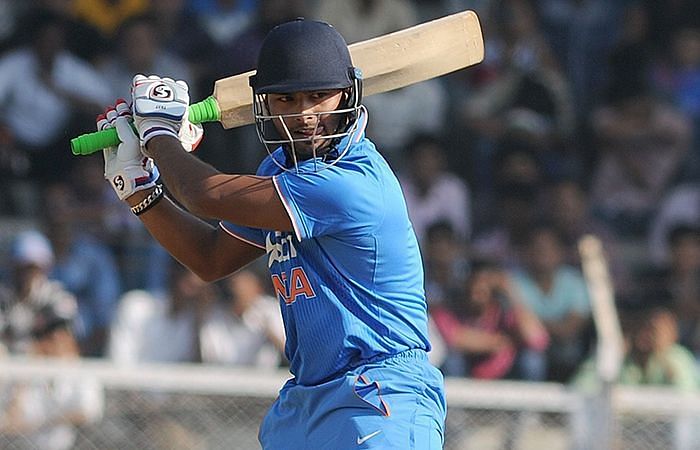
In the mean time, he should go back to the domestic circuit and look to improve his game in the List A format. The Delhi team management ought to give him a proper role in the batting order and should back him to succeed as a middle order batsman as there are more chances of him getting a place in the Indian middle order than at the top.
Without an element of doubt, the Delhi left-hander is the future of Indian batting, but as of now, Rishabh Pant is not ready for ODI cricket.